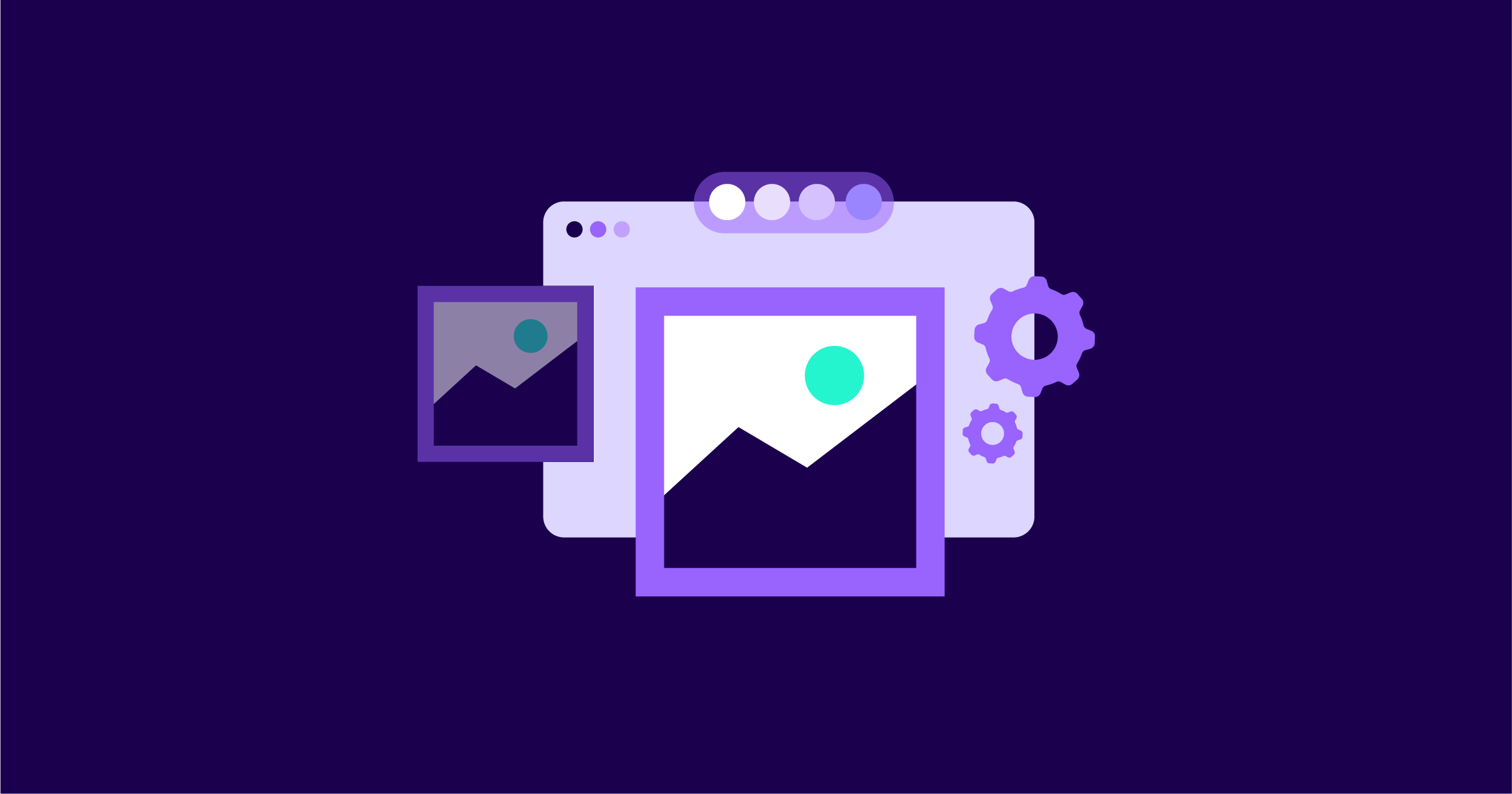15 Tips to optimize Your Woocommerce Website Speed in 2024
Are you experiencing a slow Woocommerce website in 2024? Do you feel that your online Woocommerce store is lagging behind the others? Worry not. We have got your back with 15 tips to speed up your Woocommerce development and make it a user’s favorite.
Table of Contents
ToggleWhat is Woocommerce
Woocommerce is taken to be one of the best-selling e-commerce website solution, and most business organizations set up their online stores within minutes. For that matter, there is no specific platform that can be compared with that of Woocommerce; rather, it is one among the best WordPress plugin, while one of the most used building platforms for websites as well. With Woocommerce, many features and customizations are available for the customer, hence it is quite a good, perfect tool for small and bigger businesses. Users managing all aspects such as products, orders, payments, and shipping under a single roof with Woocommerce. The main feature of the site is the ease of handling because of its user-friendliness, with a wide range of extensions and themes catering to augment and enhance functionality and aesthetics of an e-commerce store. In a nutshell, Woocommerce is extremely flexible, versatile, and mighty for anyone who aims to sell products or services online.
Why is Website Speed Important

A fast-loading website is a must for many reasons: most importantly, people expect a quick load of a website. And when they encounter a very slow Woocommerce site, they are more likely to leave it and search for the goods somewhere else. Actually, some scientific studies have already showed how one second more in load time can decrease conversions by 7%.
Another major factor in Ecommerce SEO, as shown here, is how fast your website loads. Google uses page load speed as a ranking factor indicating that faster sites rank better on a search engine result page. Improving Woocommerce website speed may increase the organic traffic coming to your website and, therefore, help you reach more customers.
In addition, a fast loading website will provide you with a better all-round user experience. A slow website may frustrate the visitor and make him have a bad perception of your brand. A quick responsive website is trusted by customers and makes them comfortable to place an order.
15 Tips Optimize Your Woocommerce Speed
1. Choose Good Web Hosting Service Provider

A good reliable web hosting provider is the basis for a fast website. Be sure to choose a hosting company that offers fast servers and a good uptime guarantee. Dedicated server or VPS would be the best investment to ensure maximum performance on your Woocommerce website development.
2. Optimization of Images

Large images cause your website to load slowly. Make sure to compress all the images on your site without compression of quality. There are many tools like TinyPNG, WP Smush that you can use for compressing images but with less file size without affecting visual appeal.
3. Reduce HTTP Requests
Every content on your website, like images, scripts, and stylesheets, will take a little time to load because it needs an HTTP request. You can reduce the number of requests by combining files, removing unused scripts, and leveraging browser caching for improving your Woocommerce site speed.
4. Use a Content Delivery Networks (CDN)

A CDN will ensure that your static content is delivered from different servers spread throughout parts of the world to create an opportunity for less latency and faster load times. Consider using a CDN like Cloudflare or StackPath to maximize website performance.
5. Enable GZIP Compression

This compression compresses the files of your website and lets them off to the browser; this makes the loading even faster and quicker. All you need to do is enable it on your server and sit back and enjoy how a Woocommerce website can become faster and better for the users.
6. Lazy Loading

Lazy loading delays below the fold content until scrolled down to on the page. Images and videos on your Woocommerce website can be optimized by using lazy loading, thus decreasing initial load times and improving performance.
7. Database Optimization

Optimize your database regularly. Make sure you eliminate unnecessary data, spam comments, and optimize the tables in your database. Installing useful Woocommerce plugins such as WP-Optimize or WP-Sweep will help keep the health of your database and therefore speed on your website up.
8. Opt for a Lightweight Woocommerce Theme

Choose an ecommerce Woocommerce theme that is lightweight and decently coded. Avoid bloated themes that are full of unwanted features and scripts that will increase the load time on your site.
9. Browser caching

Browser caching enables users’ browsers to cache the static files such as images, CSS and JavaScript files. This enables pages to load faster when accessing the site with returning visitors. Set up the server-level browser caching. Reduce load times as well as improve general performance generally.
10. Minify CSS and JavaScript
Minifying CSS and JavaScript files will remove all kinds of white spaces and comments, thus compressing a file, which will lead to faster loading times. You should employ tools like CSSNano and UglifyJS to minify the code for your website in order to make it load faster.
11. Continuously monitor your website’s speed

Use Google PageSpeed Insights or GTmetrix to monitor your website’s loading speeds regularly. Determine the loading time, page size, and other performance-related values to ascertain improvement areas and make the necessary adjustment.
12. Streamline Your Checkout Process

Remove unneeded steps in the checkout process; this means reducing the number of form fields and also giving options for guests to check out. Simplifying the steps to complete the checkout for users will make your experience much more improved and will yield a better conversion rate for your Woocommerce website.
13. Regular Woocommerce and Plugins Maintenance

Keep your Woocommerce platform and its installed plugins updated to make sure that you are always getting the best performance out of it as well as proper website maintenance and full security. These updates will eliminate bugs on your website, speed it up a little, and generally add some new features. So make sure to stay updated with the latest releases.
14. Delete Unused Plugins and Widgets

Unused plugins and widgets add weight to your site without necessary value. You can improve the loading speed of your website by auditing your installed plugins periodically and removing unused ones.
15. Use caching plugins

Those to implement from the cache plugins should be like WP Rocket or W3 Total Cache, which generate static HTML files from your website and make them immediately available for users to get served by your web server. In this way, caching will possibly improve the whole performance as well as the load times of your Woocommerce website.
Bottom line
By following these tips, including optimizing images, using caching plugins, and avoiding redirects, you can easily make your web store perform much better. For anything more in regard to speeding up and optimizing the performance of your WooCommerce website, contact Bloom Agency for Professional WooCommerce development services. Their staff experts can help you implement high-level strategies to get your website loaded fast and efficiently, thereby leading to more customer satisfaction and higher conversions.
FAQs for Woocommerce Speed Optimization
1. How does a slow website affect my Woocommerce store’s performance?
A slow website can lead to higher bounce rates, decreased conversion rates, and poor user experience.
2. What are some common factors that contribute to slow loading speeds in Woocommerce?
Large image files, too many plugins, inadequate hosting, and unoptimized code can all slow down your Woocommerce store.
3. How do you speed up a Woocommerce website?
Optimize images, make use of a CDN, minimize HTTP requests, enable caching, and reduce the number of plugins.
4. Is it important to regularly monitor and test the speed of my Woocommerce site?
Yes, regular monitoring and testing can help you identify performance issues early on and make necessary optimizations to improve speed.
5. Are there tools or plugins that can help optimize Woocommerce for speed?
Yes, there are options available like GTmetrix, Pingdom, etc and plugins such as WP Rocket, W3 Total Cache, WP Super Cache help with the optimization of your Woocommerce site for speed.








Rahul M.
B2B Service Provider